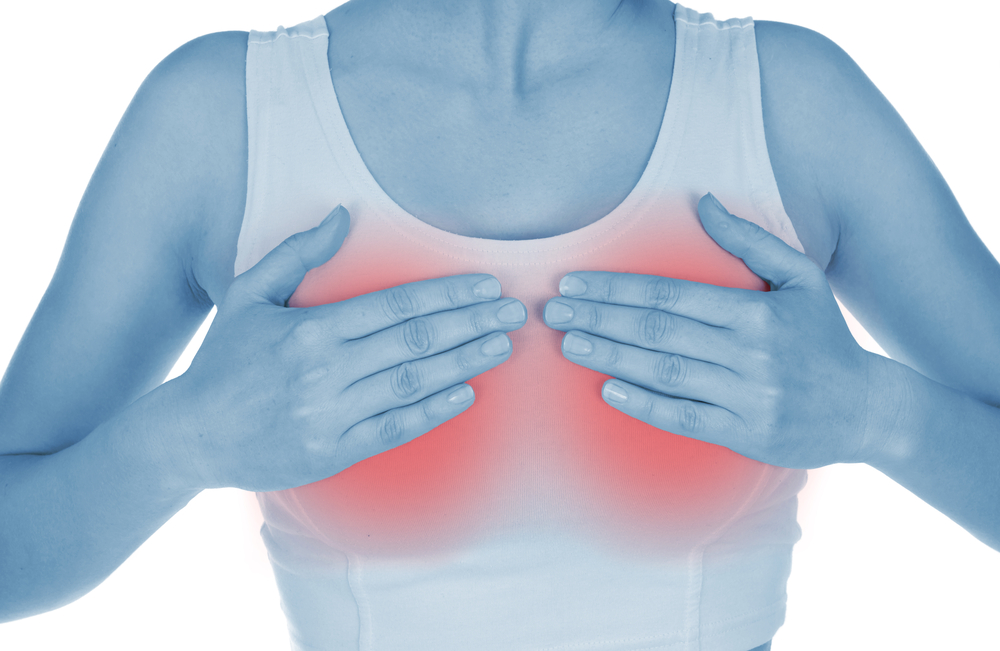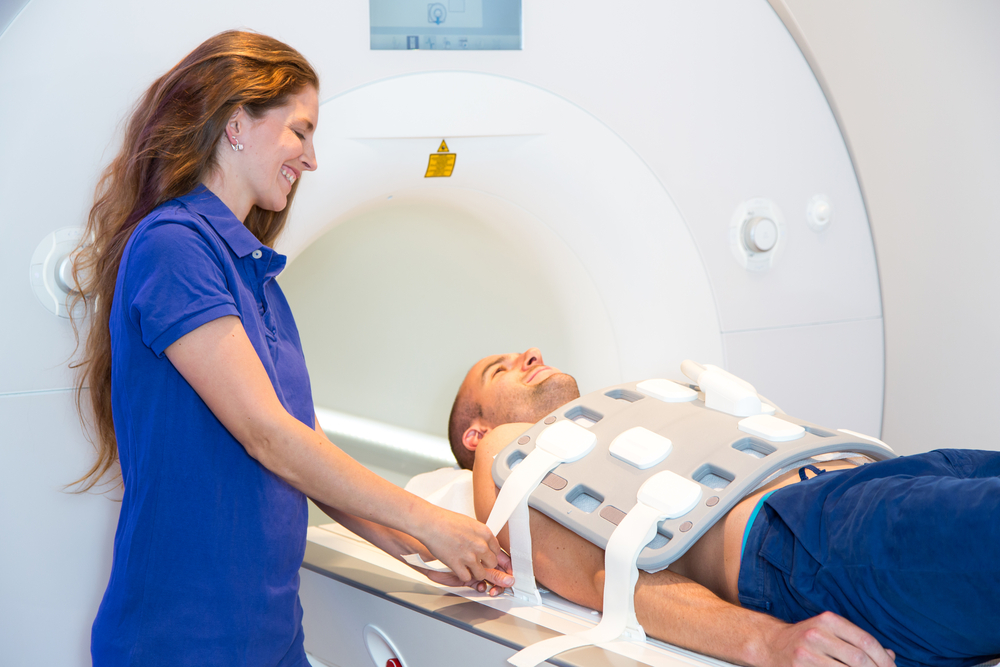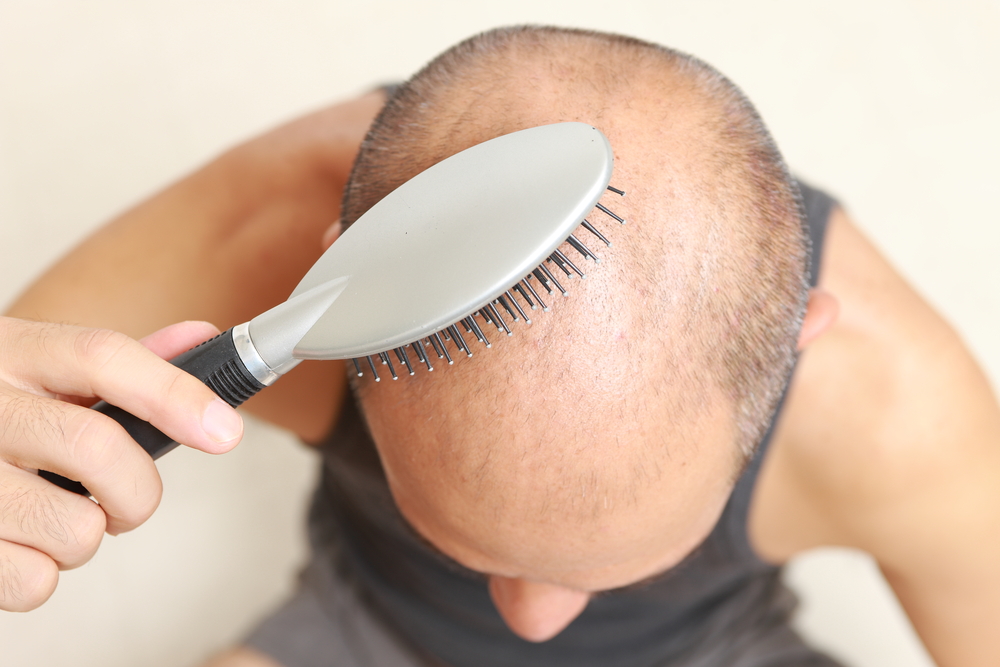Although breast cancer in men is rare, it does happen. Cancer cells can develop in their breast tissues as well. Even though the breast tissues do not generate milk, it is still subject to cell mutation that can cause breast cancer.
Just as in women, breast cancer happens in men due to the unrestrained increase in the cells present in the breast tissue. Male breast cancer is found in men between the ages of 60 and 70, but the condition can strike men of any age.
There are different types of breast cancer in men such as infiltrating or invasive ducal carcinoma, ducal carcinoma, invasive lobular carcinoma and Paget disease of the nipple.
Symptoms of breast cancer in men:
Men are not as likely to be suspicious of anything strange in the chest region. Also, the breast tissue is hard to feel in that area, making it difficult to detect the disease. The most common sign of male breast cancer is a thickness in the chest area or a lump. Any other change in the chest or nipple can also be a sign. Some other symptoms of breast cancer in men include:
- Lump, hard, painless knot in the chest or underarm
- A change in the shape or size of the breast
- Changes in the color and texture of breast skin
- Changes in the structure of nipple
- Inverted nipple
- Nipple discharge
It is important to be familiar with your body so that if there are any such changes, you can notice it and visit your doctor as soon as possible. Some men procrastinate or hesitate to visit the doctor. It may lead to a delay in diagnosis and treatment. The survival rate is higher in breast cancer if it is detected at an early stage.
Risk factors:
While researchers are not very sure about the causes of breast cancer in men, there are quite a few risk factors. Some of the common risk factors in men include:
- Age – The older you get, the greater the risk of breast cancer.
- Family history – If anyone in the family has suffered from breast cancer, it increases your chances of developing it as well.
- Brac2 gene mutation – Men with an inherited brac2 gene mutation have a higher chance of breast cancer. A person can inherit this from either parent. As per studies, around 40% of male breast cancer is related to brac2 mutations.
- Gynecomastia (enlargement of breast tissues) – This is also known to increase the risks of male breast cancer
- Obesity – Being obese can raise estrogen levels, thereby making you more susceptible to breast cancer.
Also Read: Useful Fitness Tips for Men
Some other risk factors include diabetes, hormone drugs that are used to treat prostate cancer, radiation exposure, a condition such as undescended testicles or Orchitis (swelling of one or both testicles).
Breast cancer in men is diagnosed the same way as it is detected in women: physical tests, mammography, and biopsies.
The treatment methods are also similar – radiation, surgery, chemotherapy, hormone therapy and biological therapy. The only difference is that men have been found to respond to hormone therapy better than women do.
Male breast cancer is an under-diagnosed condition, and it can be as dangerous as female breast cancer. It is not a very common condition in men, and one out of thousand men is diagnosed with it. Surprising as it may seem, but although more women are diagnosed with it, the risks of men dying due to it are higher. It is mostly because men take too long to detect the symptoms of breast cancer, and seek treatment, and generally when it is diagnosed, the condition is in the advanced stages and is beyond successful treatment.
Also Read: Tips To Prevent Hair Loss in Men
As the condition is pretty rare in men, there is not enough awareness about the symptoms of breast cancer in men, research and routine screening as it is in the case of women. However, the awareness about breast cancer in men is increasing gradually, and more and more men are understanding it and seeking help in case they detect the symptoms in them.





